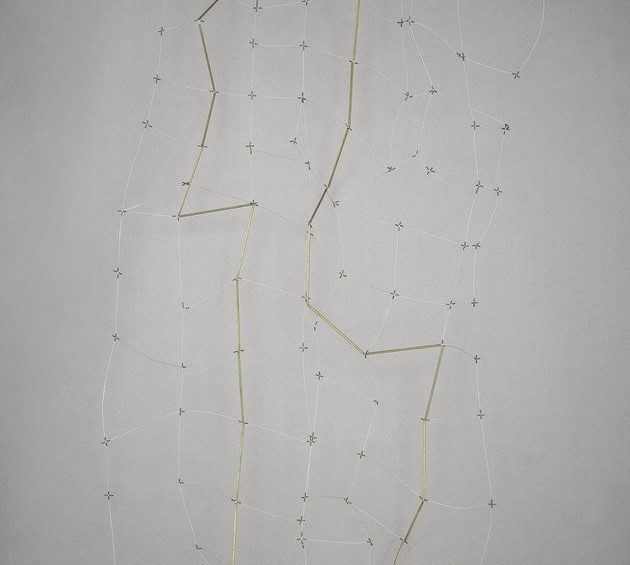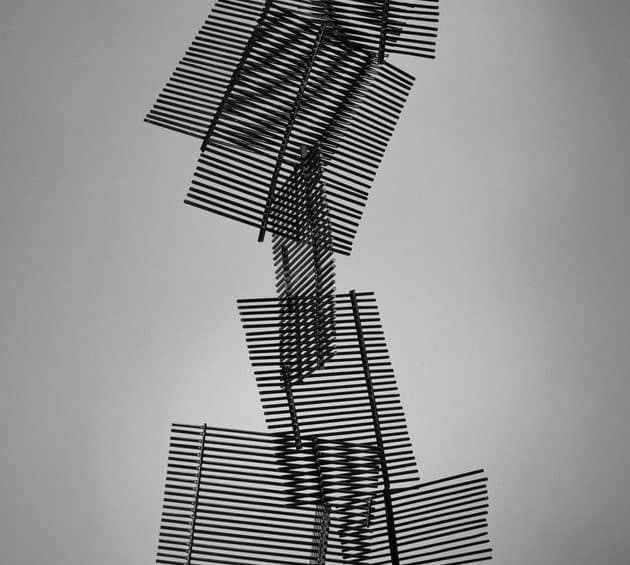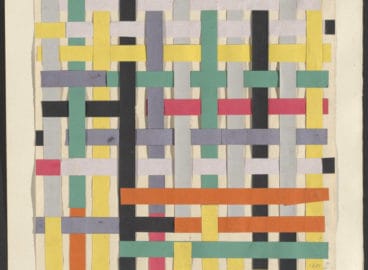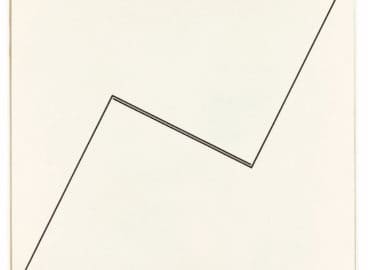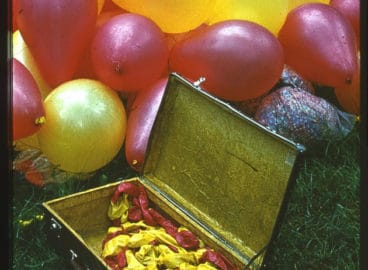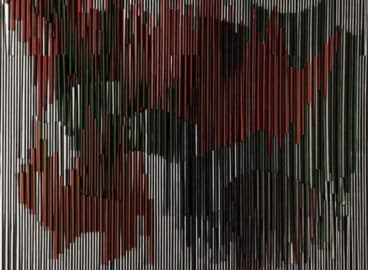Gego (1912–1994, Gertrud Goldschmidt), arguably the most influential Venezuelan artist of the twentieth century, was the critical counter-figure of Venezuelan Kineticism. In this essay, curator Luis Pérez-Oramas discusses the works held in MoMA’s collection and their relation to the development of Gego’s career.
This text was originally published under the theme “Patricia Phelps de Cisneros Research Institute for the Study of Art from Latin America.” The original content items in this theme can be found here.

Opposite to the search for transparency and formal purity that characterized the work of her peers—Jesús Rafael Soto, Carlos Cruz-Diez, and Alejandro Otero—Gego was able to produce a sort of radically material form of abstraction, centered on three-dimensional knots and links rather than points and lines, and stressing opacity and density over transparency. Whereas Soto and others cancelled shadows in their works, Gego unfolded her oeuvre through dense clouds and entangled structures that cast their presence as shadows in the exhibition space.

Gego’s major artistic achievement and lifelong commitment is the site-specific installation conceived for the Museum of Fine Arts in Caracas in 1969 and known as the large Reticulárea, which the artist did not stop to address and transform until the mid-1980s.
The large Reticulárea provided Gego with the repertoire of elements that would become the signatures of her work throughout the remainder of her career: hanging structures, entanglements of knots, and fractal compositions. One can argue, in fact, that all of her different typologies of works unfolded from it: Reticuláreas, Streams (Chorros), Drawings without Paper, etc.


Once Gego concluded the very first iteration of the large Reticulárea in 1969, she addressed a series of works known as Streams (Chorros), in 1971, one of which, Stream no. 7, is included in the Cisneros gift. In these works, as in all major works by the artist, she transcended the idea of a conventional orthogonal regulating plan typical of Geometric Abstraction by stressing the non-centered dimension of her structures. A system of three-dimensional metal-wire “lines” are subject to free-fall from a hanging point: accident became central, and within the falling lines, she inserted fragments of linked knots and reticula in order to search for form, density, and opacity.
Streams were instrumental in Gego’s complexification of abstraction. They allowed her to set her ambitious take on real space through a succession of potentially infinite additions of linked knots and fragments. By cancelling the notion of a symmetrical, centered structure, she achieved a radically organic form of abstraction.
The Cisneros Stream, or Chorro is unique in the sense that Gego gifted almost all of her Chorros series to the national museums in Venezuela during the 1980s. Very few were left out. MoMA is, in fact, the only museum outside of Venezuela to have an example of this fundamental series of sculptures. In addition, the Cisneros Gift includes an ensemble of works by Gego that reflects the whole of her career, from her early 1960’s deconstruction of Kineticism to her Reticuláreas, to her series of Drawings without Paper, and collages from the 1980s and early 1990s, making MoMA’s collection of Gego’s work among the most significant in the world.




